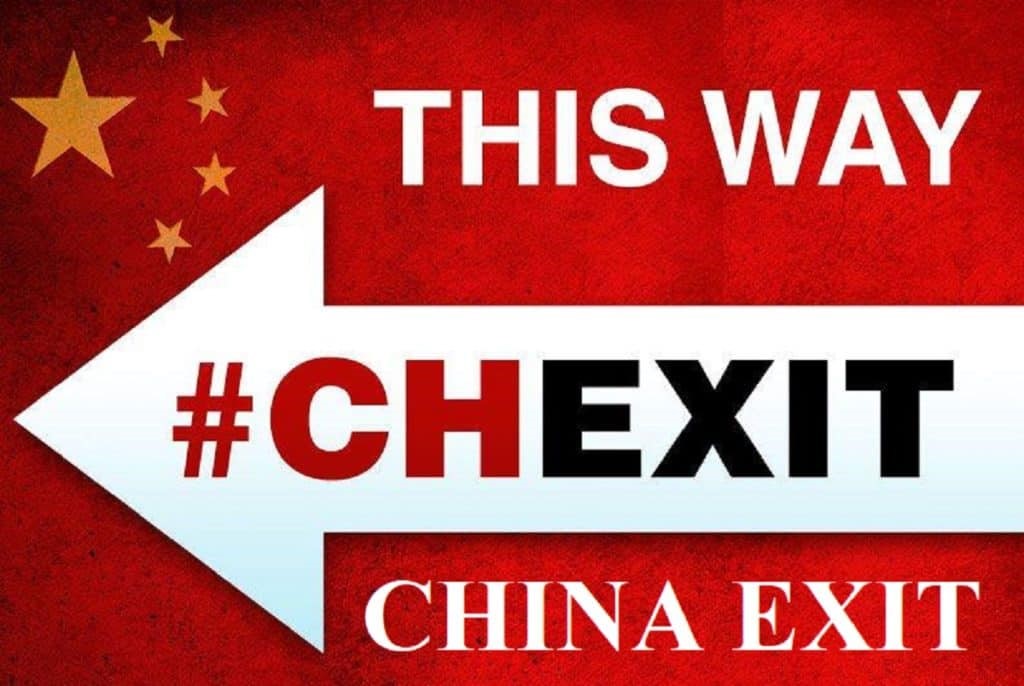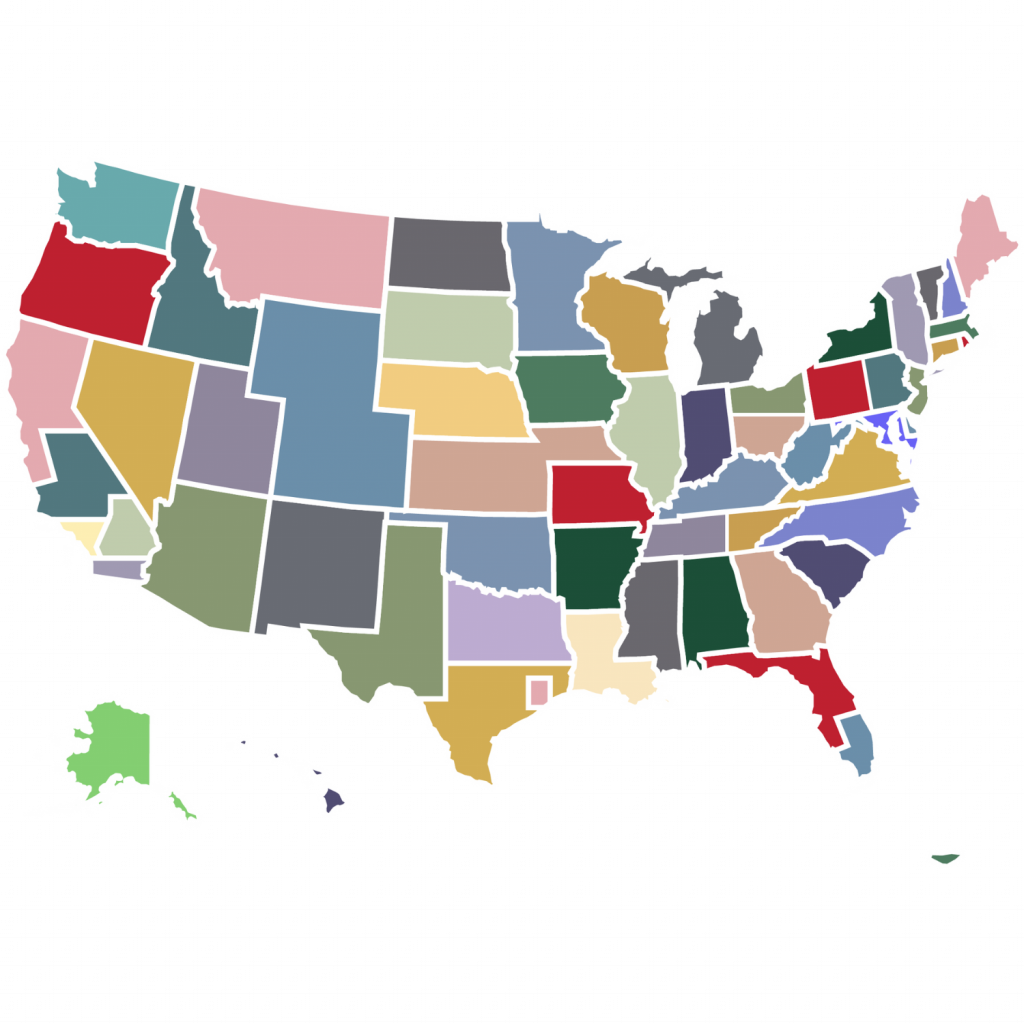
China and Japan have had a long-standing prickly relationship. In more recent years, this has been exacerbated by the dispute between the two countries over the Senkaku islands. That being said, China has become the largest trading partner of Japan, now the world’s 3rd largest economy. The dispute over the Senkaku islands morphed into anti-Japanese riots in various Chinese cities in 2012 and since that time, the Japanese government has undertaken an 8-year effort to persuade its businesses to decouple their supply chains vested in China with little success. When the Covid-19 pandemic struck, the Japanese government took a different tack; it created an economic stimulus package which included a $2.2 billion (U.S.) allocation to help “encourage” Japanese supply chain near- or on-shoring. The government’s rationale behind this extraordinary move was to help motivate the protection of industrial manufacturing of goods essential to the health and security of the Japanese people. A portion of that “China Exit” budget was also allocated to assist Japanese firms to relocate out of China into Southeast Asia or other “friendly” nations.
Even prior to the current Covid-19 pandemic, there were serious concerns in Japan over the concentration of country’s manufacturing firms with production lines and investment located in China where the risk and cost of doing business was becoming increasingly shaky. The rioting in 2012 against Japanese firms added considerably to this concern. Once the coronavirus moved beyond the ailing Diamond Princess cruise ship anchored at Yokohama, Japan, like the United States, faced severe challenges with sourcing of much needed PPE goods (like masks, hospital gowns, and surgical gloves) as the country’s supply chains for such products were overly reliant upon sources from China.
Under Japan’s new “China Exit” program, some of the country’s elite firms were deemed eligible including, Terumo, Kaneka, Shionogi and even Sharp. “China Exit” eligibility includes manufacturers of aviation and auto parts, fertilizer, medicines, and paper products, among others.
When Japan’s government first announced “China Exit” earlier this year, it raised eyebrows within the trade policy circles in our country, as well as others, as a creative way to hasten and motivate a national re-shoring strategy. Trade and supply chain experts globally recognize the challenge facing firms in moving out of China: with decades of development, the downstream parts suppliers and the supply chain characteristics in China are not easy to replicate elsewhere. They will take time and substantial expense to build out in another market so there is a built in reluctance by business leadership just to leave things alone. Hence, the ingenuity of Japan’s “China Exit” program to overcome that reluctance has now come to the forefront of supply chain re-shoring discussions even outside of Japan.
Recently, Japan’s Ministry of Economy, Trade and Industry announced the initial group of Japanese companies moving out of China under its “China Exit” program back to Japan or relocating elsewhere in Southeast Asia. This initial group of Japanese Chexiter firms is substantial. It numbers some 87 companies receiving 70 billion yen ($653 million) under the “China Exit” program to move their supply chains out. Fifty-seven of those firms are all returning to Japan. Thirty are moving their production into locations in Southeast Asia. As an example, the hard-drive producer Hoya is shifting to production facilities in Vietnam and Laos. Sumitomo Rubber Industries is headed for Malaysia to produce its surgical gloves. The rare earth magnets made by Shin-Etsu will be produced now in Vietnam.
These shifts of Japanese manufacturing into Southeast Asia bode well for the long-term diversification of the supply chains of these firms. Diversification of production into other countries is one critical element of reducing the risk of supply chain disruptions that Japan and many other countries have recently faced as a consequence of over-reliance on China as “the workshop of the world.” Clearly, the Japanese government’s “China Exit” strategy and program is helping to incentivize this diversification and is reaping the results intended.
The re-shoring of Japanese industry out of China back into Japan is yet another substantial victory for both the government and that country. To be fair, prior to the Covid-19 pandemic, some “coming home” movement was being discussed in Japan’s boardrooms but the serious focus on the folly of having too many eggs in the China basket did not happen until this year. It was only when the Japan began to face severe challenges in the provision of needed PPE supplies to stop the spread of the virus and handle those infected, that the “too many eggs in one basket” folly was laid bare as it was here in the United States. Covid-19 became an accelerator to correct a multi-decade and highly risky business strategy of relying too much on China.
The Japanese government’s “China Exit” program is also producing remarkable results in re-shoring Japanese firms back home. A case in point is the household goods and PPE maker Iris Ohyama. That firm currently manufactures face masks at its Chinese plants located in Dalian, China. It uses a non-woven fabric and other Chinese-sourced materials. Thanks to the “China Exit” program, Iris Ohyama is going to use its Kakuda factory in the Miyagi Prefecture to begin producing face masks. As an additional bonus of the firm’s production shift to the Kakuda factory, the downstream supply chain which Iris Ohyama will be using will not entail Chinese suppliers and sub-suppliers. All of its materials will be sourced locally within Japan. That is a classic example of a firm producing critical health supplies and not dependent upon foreign sources where the health and safety of the Japanese people are at risk. We would expect that the example set by Iris Ohyama will be followed by other Japanese firms—where the production of goods and services are closely related to the health, safety, and national security of the country, they need to be brought home as the “China Exit” program has incentivized Iris Ohyama to do.
Japan’s successful “China Exit” program may serve as a template for other countries to follow. We shall see if the United States develops a similar program. To date, there are already some 100 U.S. firms that have initiated the relocation process into India alone—not to mention to other countries in Southeast Asia, Mexico, or on-shoring back home here in the U.S. Other allied governments, such as Taiwan, South Korea and Australia are now in the process of attempting to persuade their own firms to exit China, re-shoring such critical industries that relate to the home country’s own health security and national security requirements.
Article contributed by David F. Day, Co-Chair, NADEC Trade Policy Committee































































